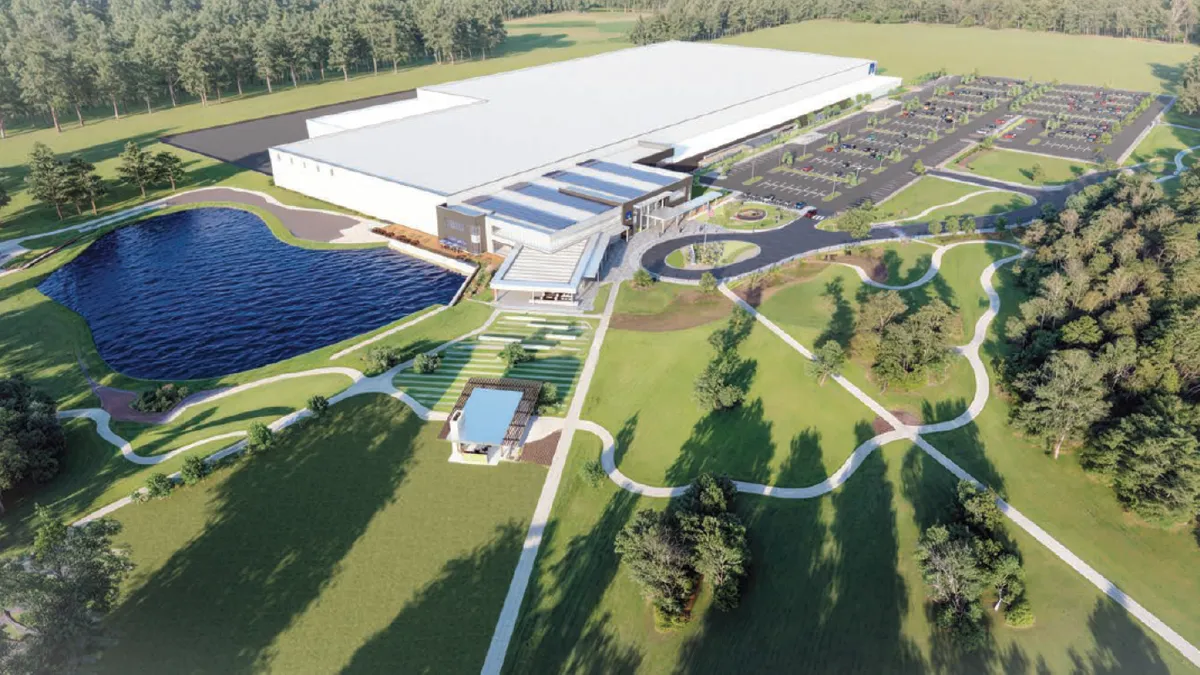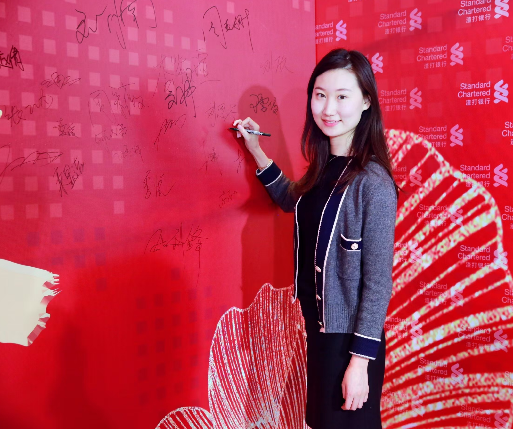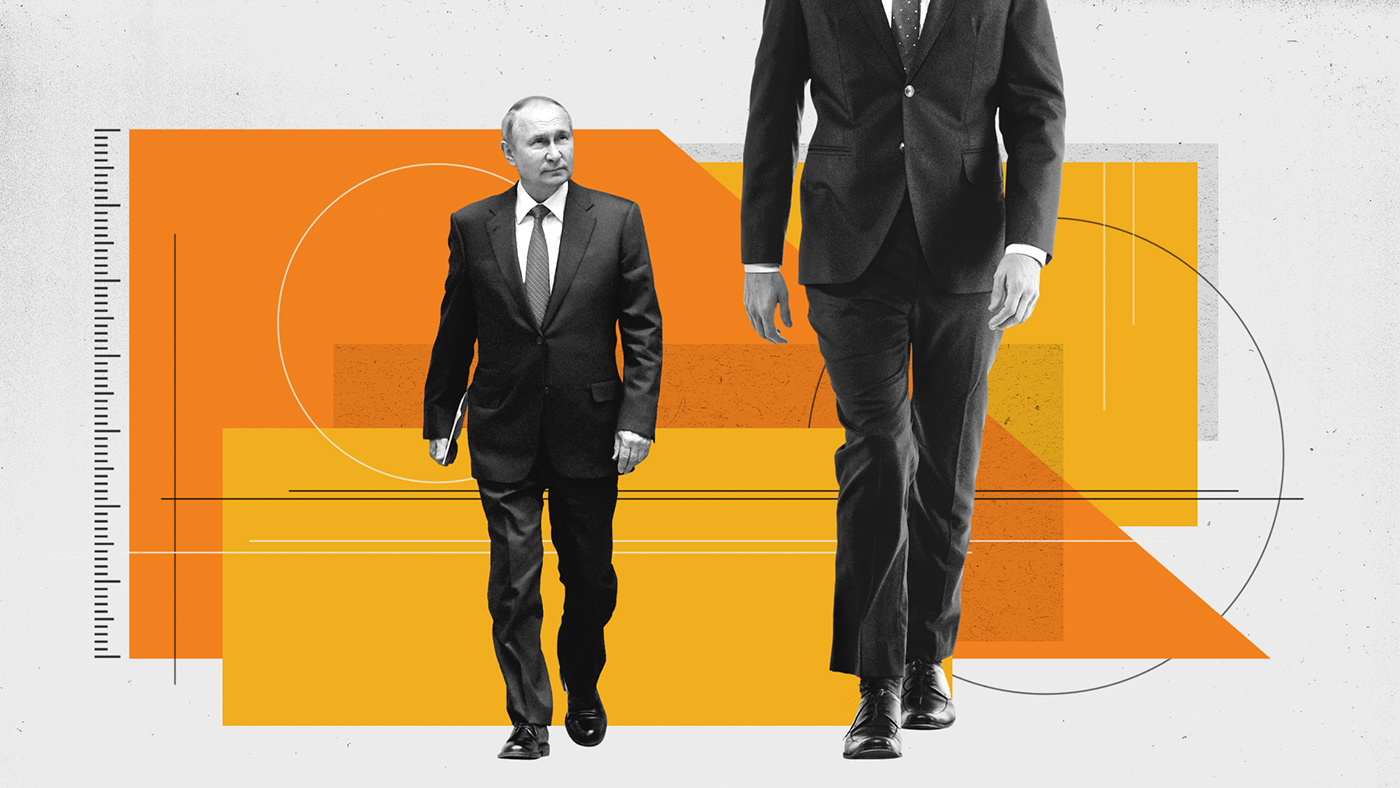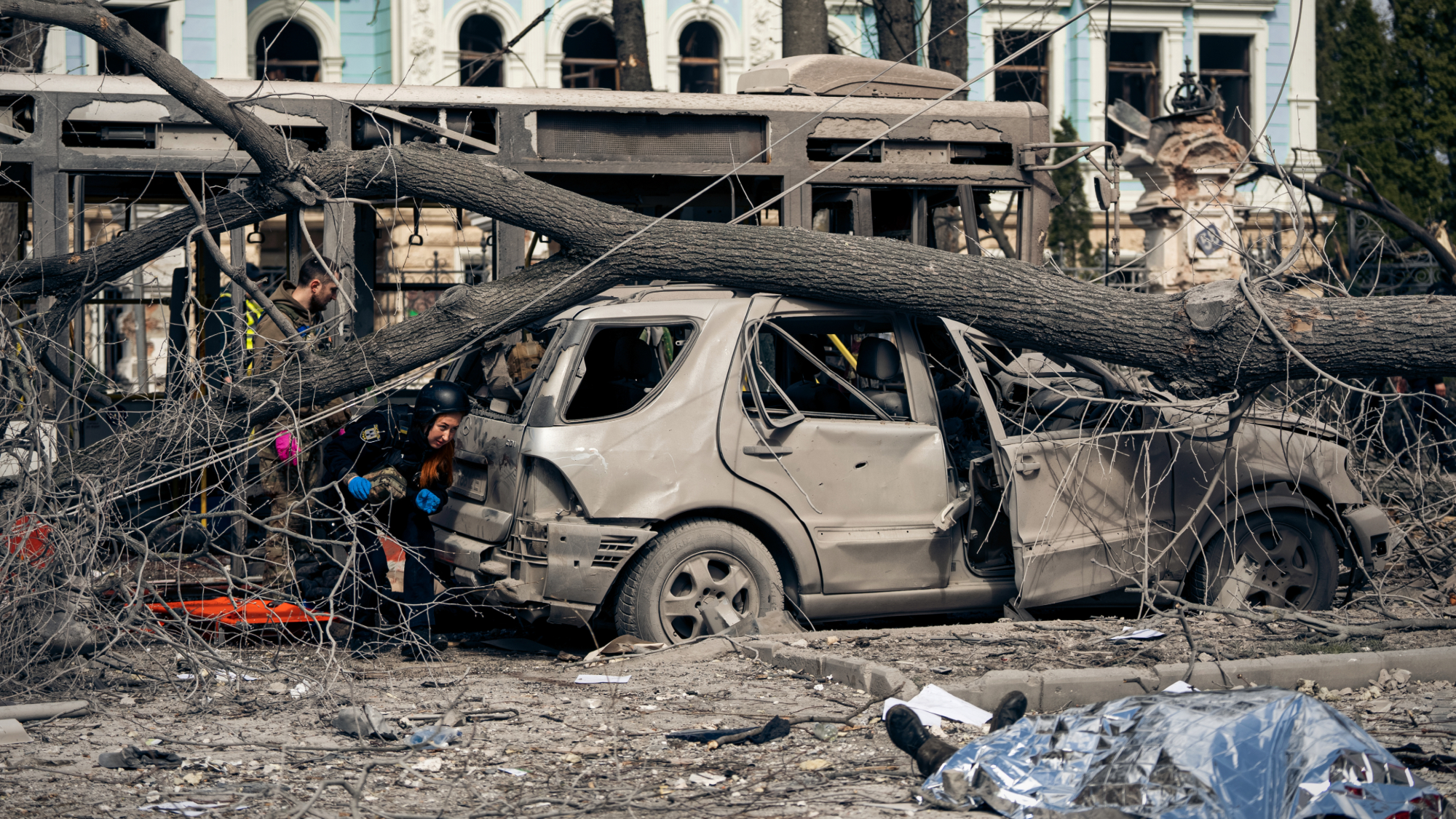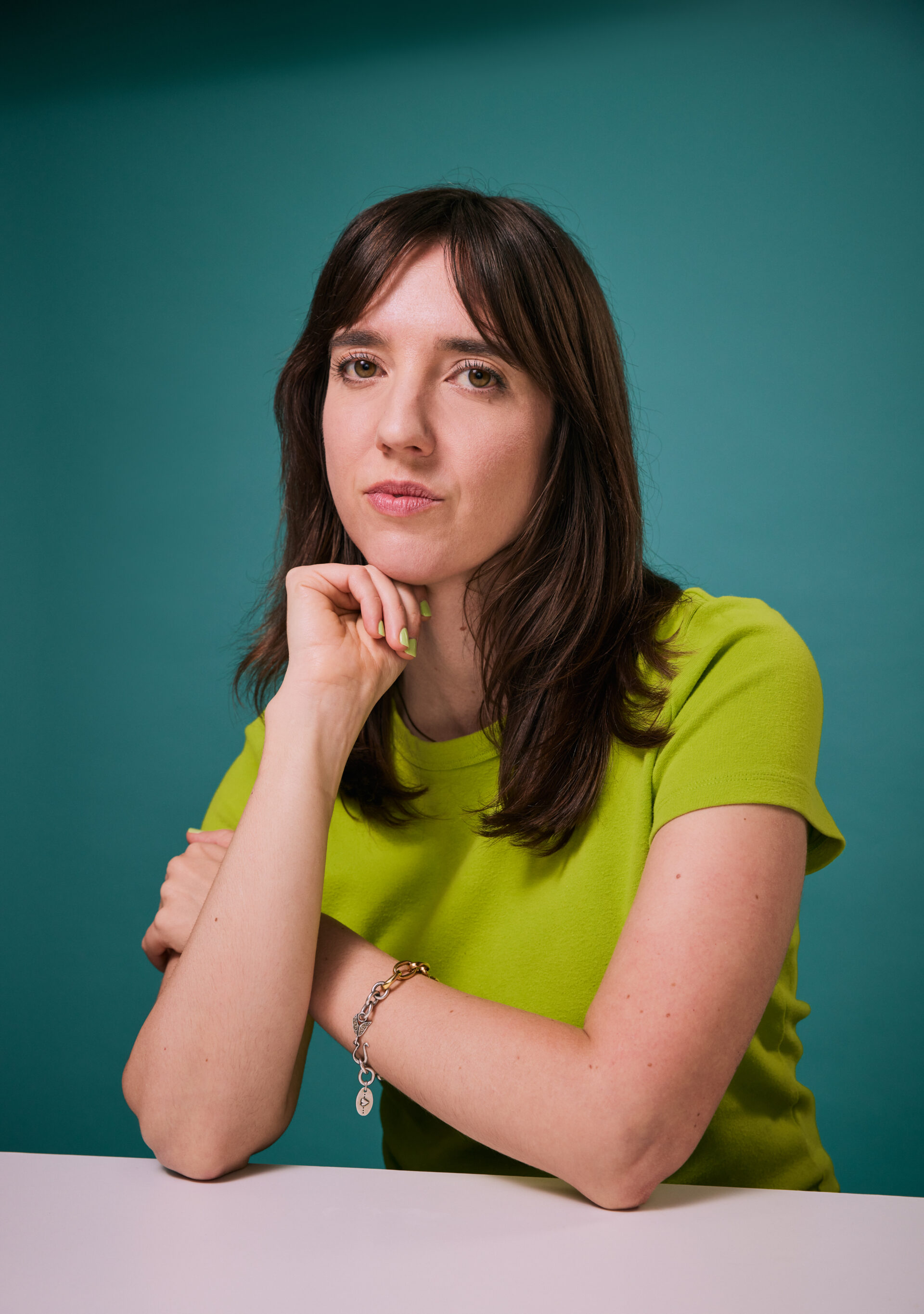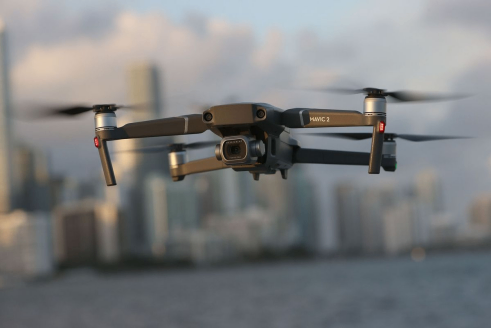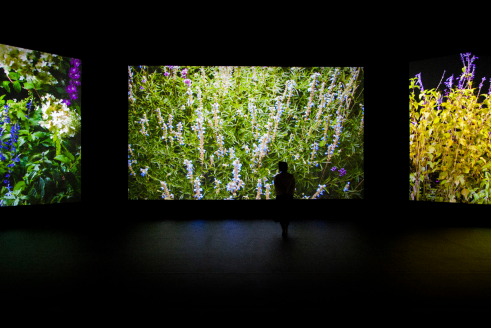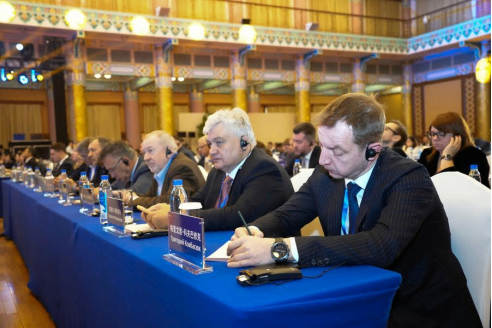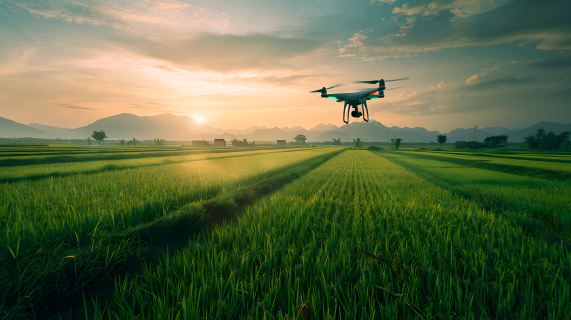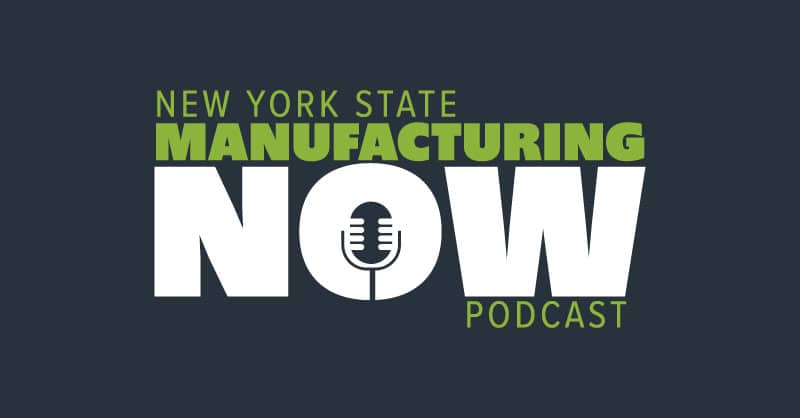In the 1970s, Francis Ford Coppola made four undisputed classics of American cinema and forever cemented his legacy as one of the greatest directors of all time. While his career would wildly veer from success to failure and back again over the coming decades, those four ’70s triumphs can never be taken away from him. Interestingly, though, several of those productions nearly broke the famously forthright director, aside from one he claimed was the easiest production he’s ever been a part of. However, considering how logistically complex the film was, it’s hard to imagine it being the cake walk Coppola claims.
It’s gone down in Hollywood folklore that Coppola was almost fired from 1972’s The Godfather. At that time, he was a fairly unproven young director who had found himself making a gangster epic with one of the most temperamental actors in the business: Marlon Brando. In fact, Coppola’s insistence that Brando play the iconic Don Corleone set him on a collision course with the studio almost from day one, as it wanted nothing to do with the problematic star.
So, for much of The Godfather’s early going, Coppola was subject to constant meddling and second-guessing by Paramount, and it got so bad that he heard on the grapevine that the sword of Damocles was about to fall on his head. “Someone had tipped me off that at the end of the week, the studio planned to fire me,” Coppola later admitted. “So, there I was, on the verge of personal bankruptcy, and certain I was about to be very publicly canned from a high-profile job.”
In the end, Coppola shifted the production slightly so he could shoot the pivotal scene in which Al Pacino’s Michael Corleone shoots and kills his rivals, Sollozzo and McCluskey. When Paramount saw this scene, it realised Coppola was on the right track, and he lived to fight another day. Ultimately, of course, he produced one of the greatest movies ever made.
Unfortunately for Coppola, he started the decade with a chaotic production that pushed him to his limits, and ended the decade with one, too. The production of 1979’s Apocalypse Now was notoriously difficult, with Coppola beset by everything from inclement weather, his star suffering a heart attack, and the constant challenges thrown up by shooting the film’s explosive set pieces. The tumultuous production was eventually documented in excruciating detail in 1991’s Hearts of Darkness: A Filmmaker’s Apocalypse.
Between staying employed by the skin of his teeth on The Godfather and almost going insane in the jungles of Manila on Apocalypse Now, though, Coppola made a movie that seemed no less rife with potential pitfalls. This film was a globetrotting endeavour that took him to Lake Tahoe, Las Vegas, Italy and the Dominican Republic. The shoot took almost nine months, and the film was split into two distinct timelines, one set in 1958 and one in 1901. In essence, Coppola was shooting two different period films in one, and could have been forgiven for being terrified that he was setting himself up for another nightmare shoot.
Instead, though, the director claimed The Godfather Part II was like an oasis of calm between his two sanity-straining productions. When asked by Vulture to name his smoothest production ever, Coppola didn’t hesitate to answer, “Godfather II. It was the most complicated movie, but it was a production dream.”
This time, you see, Coppola was given complete control over the movie, thanks to the stratospheric success of The Godfather. Without the studio breathing down his neck, he was able to do things his way, at his own pace. “It was less frantic because I was in control of the production so firmly,” he revealed. “We went to Sicily, and the sun never came out. Well, why would you want to shoot Sicily if there’s no sun? For many days, we just sort of said, ‘Well, there’s no sun. Let’s go home.'” Hey, it’s nice work if you can get it!
Popular News
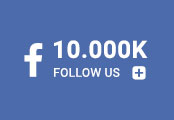
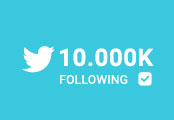

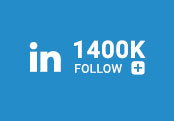
Current News
Manufacturing

Collaboratively administrate empowered markets via plug-and-play networks. Dynamically procrastinate B2C users after installed base benefits. Dramatically visualize customer directed convergence without
Collaboratively administrate empowered markets via plug-and-play networks. Dynamically procrastinate B2C users after installed base benefits. Dramatically visualize customer directed convergence without revolutionary ROI.





About Us
Tech Photos
